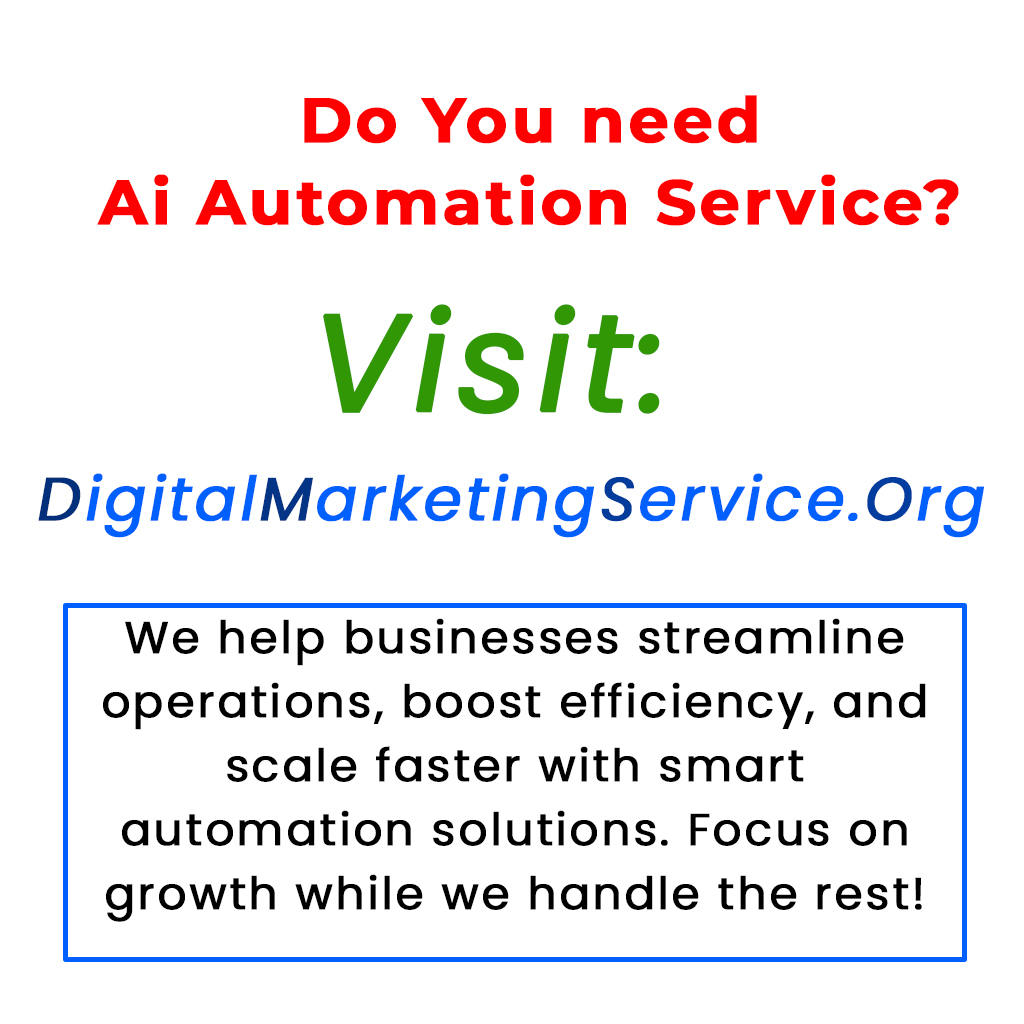Headless agents are automated systems that operate without user-triggered interfaces, allowing them to perform tasks independently. At TDX ’25, advancements like the Agent API were showcased, enabling developers to create innovative agent experiences. This includes building complex workflows through multi-agent systems where various specialized agents collaborate, such as those handling loan applications. The Agent API simplifies interactions with these agents, allowing for seamless conversations and data exchange without needing a user interface. Users can implement synchronous or asynchronous prompts, enhancing dynamic feedback in their applications. Explore these tools to enhance automation and streamline processes in your projects.
Headless Agents Revolutionize Automation and Workflow Integration at TDX ’25
At TDX ’25, significant advancements in AI and automation were revealed, particularly focusing on the innovative concept of headless agents. Unlike traditional chat-driven agents, headless agents operate autonomously through automation and integrate seamlessly with third-party systems. This means they can perform tasks without needing a human to initiate them, enhancing operational efficiency across various business processes.
Headless agents can be activated by triggers such as Apex triggers or scheduled jobs, which makes them ideal for executing tasks in the background. Businesses can leverage this technology to streamline workflows, allowing for more complex, autonomous processes.
Building Complex Workflows with Multi-Agent Systems
As organizations increasingly adopt headless agents, creating multi-agent systems becomes essential. These systems involve multiple autonomous agents that work together to tackle complex tasks, improving the user experience. For instance, in a loan application system, various specialized agents can collaborate to process applications efficiently. Examples of these include:
– Customer Interaction Agent
– Document Verification Agent
– Credit Score Agent
– Risk Analysis Agent
– Loan Decision Agent
These specialized agents can pull information from different sources, including distributed systems, to provide a comprehensive service.
Enhancing Interactions with Agent API
Salesforce is leading the charge with its new Agent API, designed for headless agent applications. This API allows developers to interact with agents directly, without needing a user interface. The setup is straightforward, requiring only a two-step process: creating a connected app with necessary OAuth scopes and adding this app as a connection in the service agent configuration.
With the Agent API, businesses can initiate agent conversations through both synchronous and asynchronous requests. This flexibility allows for dynamic interactions, whether in a user-facing application or in a fully automated backend process.
Using Synchronous and Asynchronous Prompts
The Agent API offers the option for synchronous prompts, which are easy to implement but may lead to a less optimal user experience if used in a UI context. On the other hand, asynchronous prompts utilize server-sent events to provide real-time feedback, enriching user interaction while handling the background operations efficiently.
Starting with Agent API
To get started with the Agent API, developers can access various resources, including the Agent API Postman collection, which provides a hands-on way to explore its functions. Additionally, Salesforce continues to expand its capabilities for building headless agents through tools like Flow and Apex, making it easier for businesses to automate processes.
Conclusion
The introduction of headless agents through innovations like the Agent API opens up exciting possibilities for automation and efficiency in various sectors. By implementing these advanced agents, businesses can create complex integrations that simplify and enhance their workflows. Today is the perfect time to start exploring headless agents and what they can do for your organization.
Tags: Headless Agents, AI Automation, Salesforce, Agent API, Workflow Integration, Multi-Agent Systems, Business Efficiency.
What is a Headless Agent?
A headless agent is a program that works in the background without a user interface. It can perform tasks automatically, like gathering information or responding to requests, without any visual display.
How do I use the Agent API to build a Headless Agent?
To build a headless agent using the Agent API, first, you need to understand the API’s commands. You’ll write code that tells the agent what to do. Then, you can run it on your server or cloud service to see it in action.
What programming languages can I use with the Agent API?
You can use various programming languages like Python, JavaScript, or Java with the Agent API. Choose a language you are comfortable with to build your headless agent easily.
Can I customize my Headless Agent?
Yes, you can customize your headless agent. The Agent API allows you to adjust how the agent behaves and what tasks it performs based on your specific needs.
What are some common uses for Headless Agents?
Headless agents can be used for tasks like data collection, automation of repetitive tasks, customer support, and running background processes. They are flexible and can help save time on many activities.





